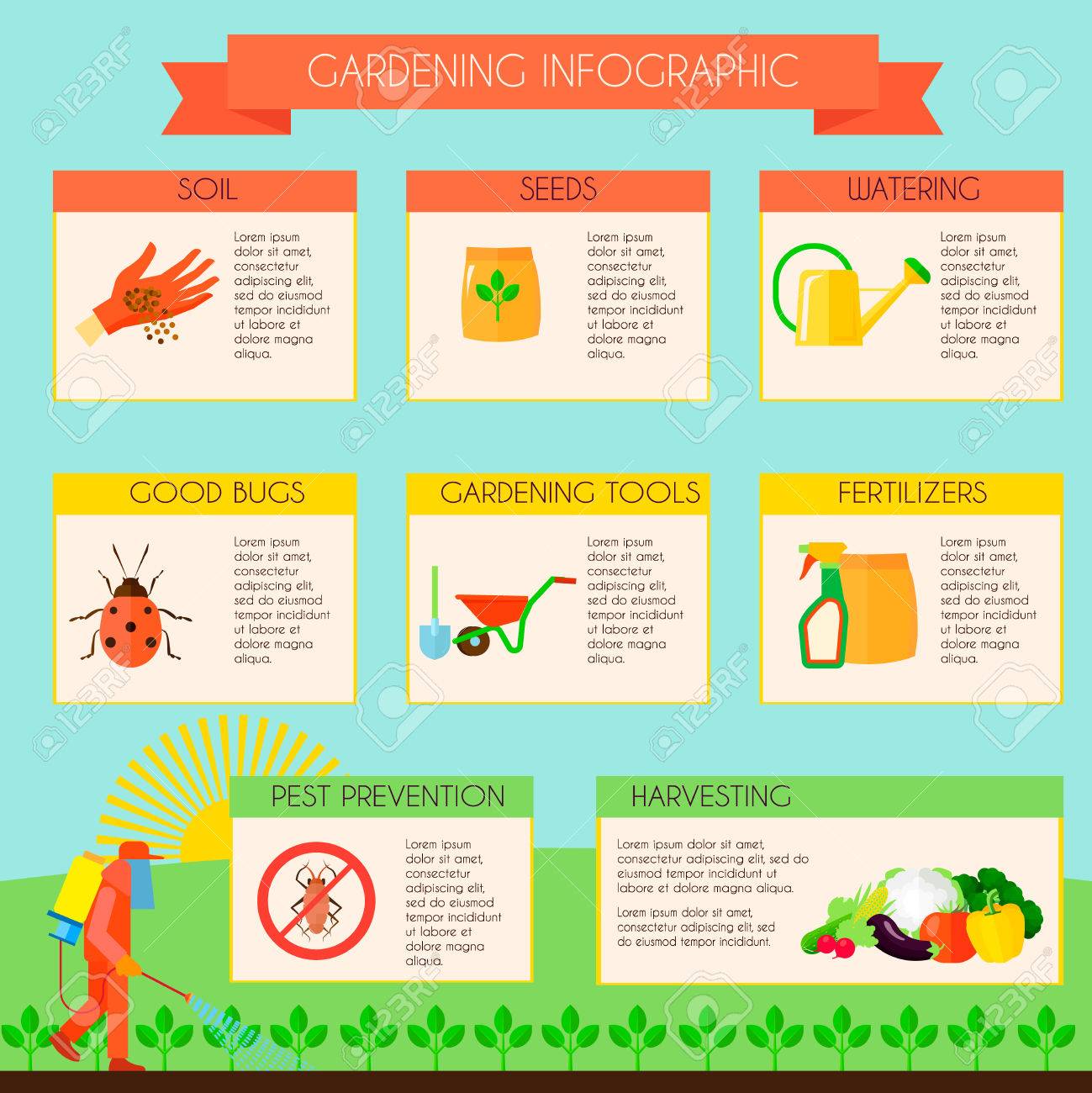Identifying Normal Termite Indicators In Your House: An In-Depth Handbook
Identifying Normal Termite Indicators In Your House: An In-Depth Handbook
Blog Article
Post Produced By- organic pest control might assume your home is safe, however what happens if hidden intruders were silently creating damages right under your nose? As you deal with your everyday routines, have you ever before saw refined adjustments but brushed them off as small annoyances? Be prepared to uncover the surprise secrets termites may be harboring in your house. From the faintest of sounds to the subtlest of signs, recognizing the detailed overview on common indicators could save you from a pricey problem.
Visual Indicators of Termite Infestation
If you discover tiny piles of what looks like sawdust near wood frameworks in your home, you may be seeing the first aesthetic signs of a termite infestation. Termites, frequently described as the 'quiet destroyers,' can wreak havoc on your property without you also understanding it. These small piles are really termite droppings, called frass, which are a byproduct of their tunneling activities within the timber.
As you examine your home for signs of termites, pay very close attention to any mud tubes running along the wall surfaces or foundation. These tubes serve as safety passages for termites to travel in between their nest and a food resource without drying out. In addition, keep an eye out for any bubbling or peeling paint, as this can show wetness build-up triggered by termite task within the walls.
To further validate a termite problem, search for hollow-sounding wood when touched and check for any kind of disposed of wings near windowsills or door frameworks. Taking you can try this out upon noticing these aesthetic indicators can assist avoid comprehensive damages to your home.
Auditory Clues to Watch For
When paying attention for acoustic clues of termite task in your home, take notice of any kind of faint hitting or touching sounds originating from the walls or wood frameworks. These sounds are usually a sign of termites at work within the timber, chewing away and creating damage. While these sounds might be refined and easy to miss, specifically throughout the day when there's more ambient noise, try paying attention during the quiet of the evening to spot any type of uncommon sounds that could suggest termite existence.
If you listen to these pale sounds, it's essential to explore additional to figure out the source and extent of the prospective termite problem. By catching the problem early, you can avoid substantial damages and pricey fixings down the line. Remember that termites are little insects, but they can produce loud disruptions within the wood structures of your home. Keep cautious and act promptly if you presume a termite infestation based on these acoustic clues.
Structural Changes Caused by Termites
Pay attention carefully for any type of indications of hollow-sounding or deteriorated wood in your house, as these structural changes can show a termite problem. Termites feed upon wood from the inside out, leaving a thin veneer of hardwood or paint externally while burrowing the inside. This can result in timber that seems hollow when tapped or really feels soft and damaged.
In addition, you may see bending or drooping floorings, doors that no more close correctly, or windows that are suddenly difficult to open up. These modifications happen as termites harm the architectural honesty of wooden aspects in your home. Keep an eye out for tiny openings in timber, as these could be termite leave factors where they push out fecal pellets.
If you observe any one of these architectural adjustments, it's critical to act promptly and seek professional aid to analyze and resolve a prospective termite invasion prior to it creates more damage to your home.
Conclusion
As you keep a watchful eye for indications of termites in your home, remember that very early discovery is crucial to avoid pricey damages.
Similar to a vigilant guard shielding a fortress from intruders, your recognition and fast action can defend your home from the harmful pressures of these small insects.
Stay alert and aggressive to guarantee your home stays risk-free and termite-free.
